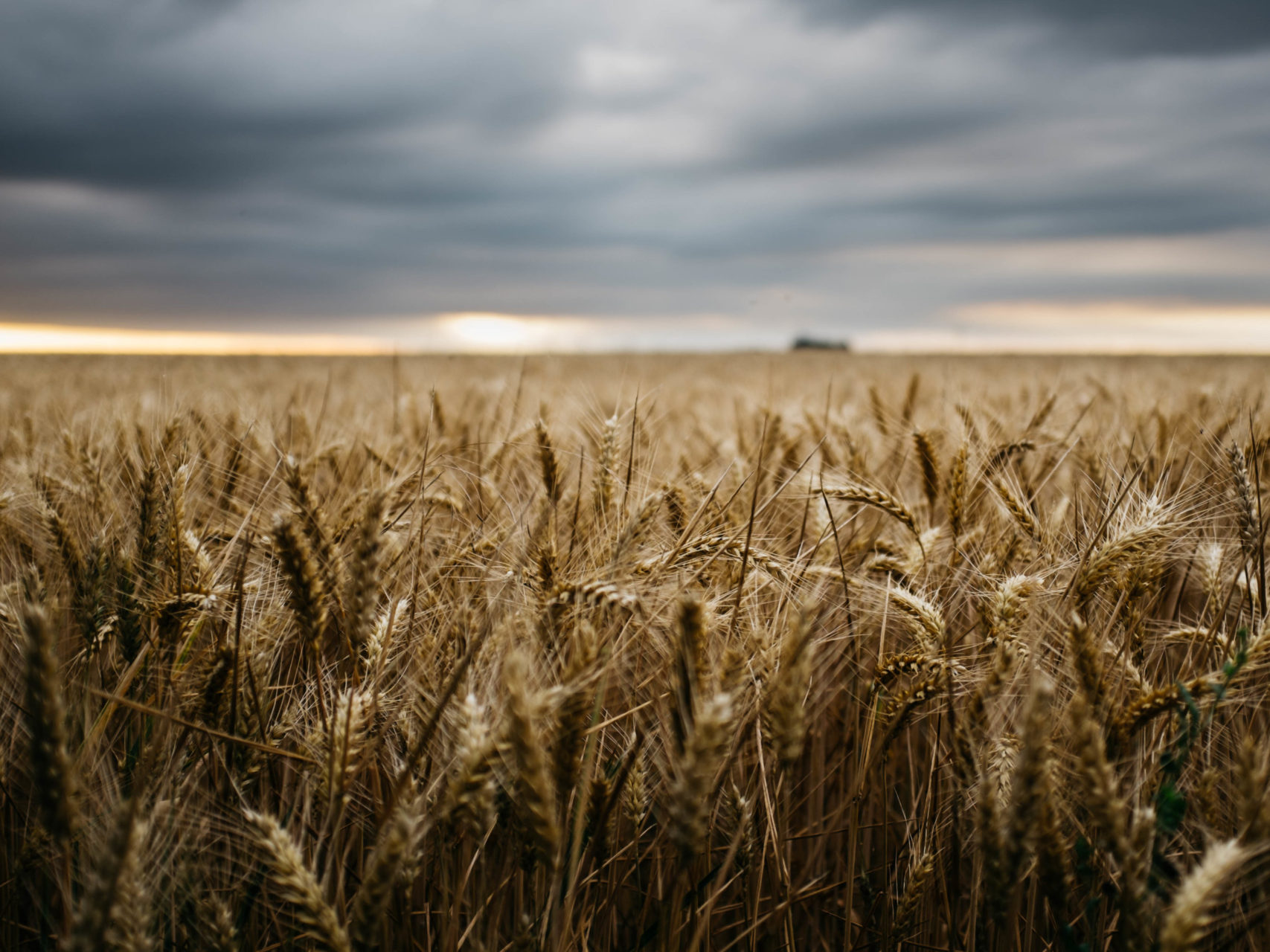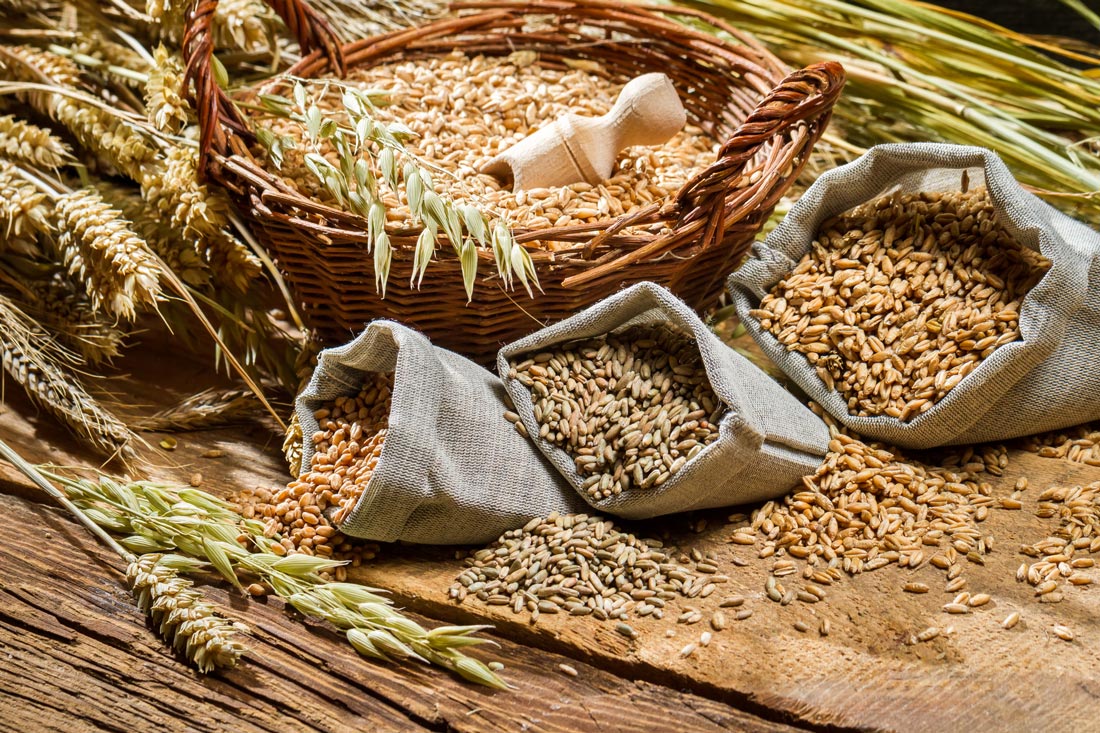Società: I funghi … e i cereali: amici vs nemici
C’è un gruppo di specie fungine unicellulari che ha un ruolo molto importante per l’alimentazione umana: si tratta dei lieviti. Non appena questi funghi si trovano in carenza di ossigeno, iniziano a trasformare gli zuccheri in alcol e anidride carbonica. Così questi funghi riescono a procurasi energia anche in assenza di ossigeno e l’uomo può ottenere le bevande alcoliche e tra queste, in particolare la birra, ma anche il vino. Già i Sumeri oltre 6 mila anni fa, sfruttavano i funghi per burrificare.
Mezzo millennio più tardi gli Assiri impararono a far fermentare il succo dell’uva per trasformarlo in vino. Più o meno nella stessa epoca, intorno al 3500 a.C., gli Egizi iniziarono a sfruttare il processo della lievitazione spontanea degli impasti di farina lasciati all’aria per ottenere un pane più morbido e fragrante.
Ma il rapporto tra cereali e funghi, non è sempre idilliaco per l’uomo. La segale cornuta o ergot, mostra quanto tenue sia il confine tra sostanze inebrianti o medicinali e sostanze velenose. L’ergot è il nome comune dato ad un ascomiceta denominato Claviceps purpurea parassita delle graminacee e in particolare della segale, da cui il nome “segale cornuta“. Questa specie è la più studiata e conosciuta per i suoi importanti effetti nella contaminazione di alimenti confezionati con cereali attaccati da questo fungo, con gravi effetti su persone e animali che ne mangiano. Questi alcaloidi, essendo dei vaso-costrittori, compromettono la circolazione e interagiscono con il sistema nervoso centrale, agendo in particolare sui recettori della serotonina. Consumando infatti pane prodotto con farina di segnale contaminata, da questo fungo parassita, in passato si andava in contro a conseguenze terribili, a causa della malattia nota come Ergotismo, terribile malattia conosciuta nel medioevo con il nome di fuoco di S. Antonio, fuoco sacro o male degli ardenti. Sotto questo termine veniva compreso anche l’ herpes zoster, che in alcuni sintomi coincideva con gli effetti delle intossicazioni da ergot. L’ergotismo era spesso fatale, ed aveva sempre effetti devastanti sulle comunità che ne erano colpite. Questo morbo poteva presentarsi in due forme: “Ergotismus convulsivus” caratterizzato da sintomi neuroconvulsivi di natura epilettica, o “Ergotismus gangraenosus” caratterizzato da cancrena alle estremità fino alla loro mummificazione. Tra gli effetti di questa intossicazione vi erano anche le allucinazioni. Questo portava la gente a mettere in relazione la malattia con il demonio o con forze maligne, non essendo conosciuta al tempo la causa di queste alterazioni. Ad esempio alcuni studiosi sono portati a credere che dietro i fenomeni di stregoneria registrati a fine seicento a Salem negli USA vi sia un consumo alimentare della segale cornuta, i cui alcaloidi sono resistenti anche alle alte temperature dei forni di cottura del pane. Una possibile ipotesi circa il nome “Fuoco di Sant’Antonio” è che nel Nord Europa, dove il pane veniva fatto con la segale e spesso si contraeva questa malattia, dovuta al fungo che infettava la segale. I malati, recandosi in pellegrinaggio verso i santuari di sant’Antonio in Italia, man mano che scendevano verso Sud cambiavano alimentazione mangiando pane di grano, e ciò attenuava o eliminava i sintomi dell’intossicazione. Tale effetto veniva attribuito ad un miracolo ad opera di sant’Antonio. Recenti ricerche hanno messo in discussione questa prima ipotesi. Nelle regioni meridionali italiane i cereali più diffusi per il consumo domestico furono la segale (Secale cereale e prima del II millennio Secale strictum), l’orzo e altri cereali secondari, soprattutto in Basilicata, Calabria e nelle zone interne della Sicilia e della Puglia. Il grano era destinato all’esportazione e alla tavola dei proprietari terrieri. Documenti sanitari, veterinari e agricoli attestano la presenza dell’ergotismo tra le comunità rurali povere ed emarginate, numerose sono le tracce della malattia nel folklore e nella religiosità popolare. L’Ordine Antoniano, deputato alla cura delle “epidemie”, è presente con una notevole diffusione capillare in tutto il meridione italiano fin dal XIII secolo. Tra il XI e il XV sec. questa temutissima malattia provocò secondo alcune stime la morte di 100 mila persone in tutta Europa. Si può presumere che nessun altro fungo, nella storia umana, abbia mietuto così tante vittime. Oggi un severo controllo delle farine impedisce il ripetersi di casi del genere; non infrequente invece è il caso di intossicazioni da parte di animali, essendo i foraggi meno controllati.
Continua a leggere
Riduci il testo
Approfondimenti: le altre sezioni



